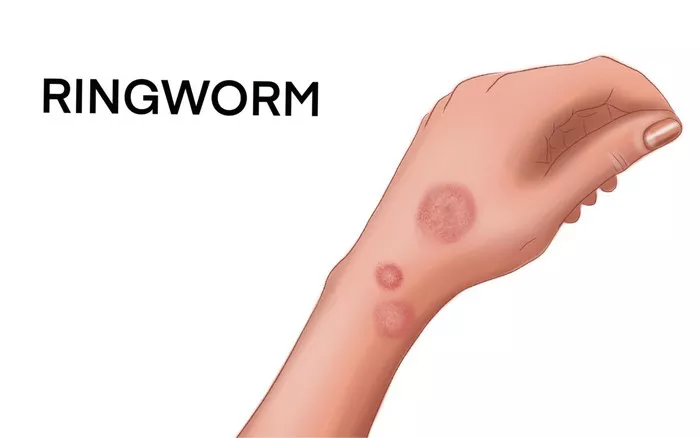Understanding Ringworm and Its Impact on Hair Loss
Ringworm is a contagious fungal infection that can affect the skin, scalp, and nails. It is caused by various species of fungi known as dermatophytes, which thrive in warm, moist environments. When it affects the scalp, it can lead to a condition called tinea capitis, characterized by red, itchy patches on the scalp and, in some cases, hair loss.
The fungi responsible for ringworm invade the outer layer of the skin and hair follicles, leading to inflammation and subsequent hair loss. However, the extent of hair loss and whether it is permanent depend on several factors, including the severity of the infection, the promptness of treatment, and individual factors such as immune response and hair growth cycle.
Treatment Options for Ringworm and Hair Loss
The good news is that ringworm, including tinea capitis, is treatable. Antifungal medications, whether in the form of topical creams, shampoos, or oral medications, are typically prescribed to eliminate the fungal infection. These medications work by targeting the fungi responsible for the infection, thereby stopping its growth and allowing the affected skin and hair follicles to heal.
In cases where hair loss has occurred, the effectiveness of treatment in promoting hair regrowth may vary. While some individuals may experience complete regrowth of hair following successful treatment of the fungal infection, others may have residual scarring or damage to hair follicles that could affect regrowth.
Factors Influencing Hair Regrowth After Ringworm Infection
Several factors play a role in determining whether hair loss due to ringworm is permanent or temporary:
1. Severity of the Infection:
The extent of the fungal infection and its impact on the hair follicles can influence the likelihood of permanent hair loss. In severe cases where there is significant inflammation and damage to the follicles, regrowth may be limited.
2. Promptness of Treatment:
Early detection and treatment of ringworm are crucial in minimizing hair loss and promoting regrowth. Delayed or inadequate treatment may allow the infection to spread and cause more extensive damage to the scalp and hair follicles.
3. Immune Response:
Individual differences in immune response can affect the body’s ability to fight off the fungal infection and repair damaged tissue. A robust immune response may facilitate faster healing and hair regrowth.
4. Hair Growth Cycle:
The hair growth cycle consists of three phases: anagen (growth), catagen (transition), and telogen (resting). Hair loss due to ringworm may disrupt this cycle, leading to temporary shedding. Hair typically regrows once the infection is treated and the hair follicles return to the growth phase.
Managing Hair Loss and Promoting Regrowth
While treating the underlying fungal infection is essential for preventing further hair loss, additional steps can be taken to support hair regrowth:
1. Maintain Good Scalp Hygiene:
Keeping the scalp clean and free of excess oil and debris can promote a healthy environment for hair follicles to regrow. Regular washing with a mild shampoo can help remove fungal spores and prevent reinfection.
2. Use Gentle Hair Care Products:
Avoid harsh chemicals and styling products that may irritate the scalp or further damage hair follicles. Opt for gentle, sulfate-free shampoos and conditioners to minimize irritation.
3. Eat a Balanced Diet:
Nutrient-rich foods, particularly those containing vitamins and minerals essential for hair health, can support the regrowth process. Focus on consuming adequate amounts of protein, vitamins A, C, and E, and minerals such as zinc and iron.
4. Consider Medical Treatments:
In cases where hair loss is extensive or persistent, medical treatments such as corticosteroid injections or hair transplant surgery may be considered. These options should be discussed with a dermatologist or hair restoration specialist.
Conclusion
Hair loss due to ringworm, while distressing, is not necessarily permanent. With prompt and effective treatment of the underlying fungal infection, coupled with proper scalp care and attention to overall health, many individuals can experience significant hair regrowth. However, the extent of regrowth may vary depending on factors such as the severity of the infection, individual immune response, and hair growth cycle. By understanding these factors and taking proactive steps to promote hair regrowth, individuals affected by ringworm-related hair loss can achieve positive outcomes and restore confidence in their appearance.























